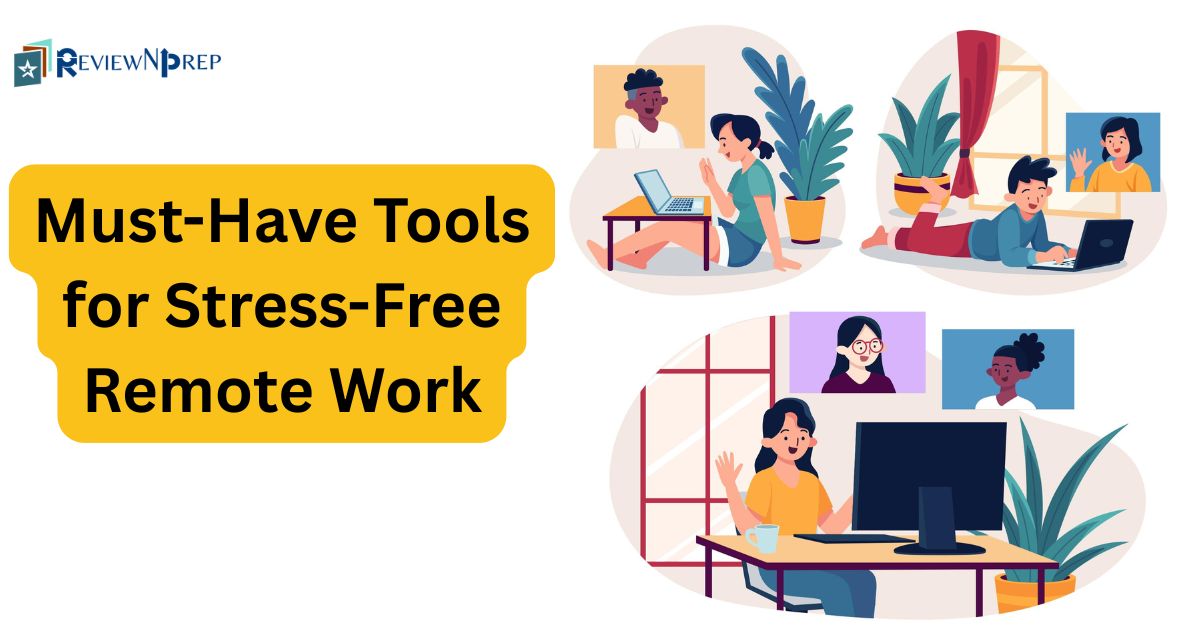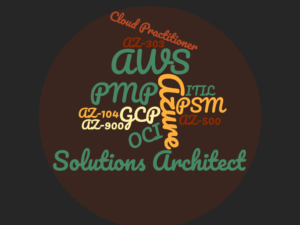Remote work can feel freeing at first. You skip the commute, wear what you want, and work at your own pace. But over time, it becomes clear that flexibility alone isn’t enough. Without structure, things slip. Deadlines get missed, communication becomes scattered, and distractions creep in from every direction.
If you’ve been feeling drained by the lack of flow or tired of constantly switching between platforms just to do simple tasks, you’re not imagining it. Remote work adds a layer of complexity that office life never quite prepared you for.
That’s where the right digital tools come in. In this article, you will find straightforward tools that make remote work smoother, cleaner, and a lot less stressful.
Let Your Calendar Do the Heavy Lifting
A well-managed calendar is more than just a reminder. It sets the tone for your entire day. You know how quickly hours can slip away when nothing is planned.
Stick with a digital calendar that’s easy to use and reliable. Google Calendar is a strong choice if you’re juggling deadlines, meetings, and personal errands. It allows you to add links, set alerts, and share your schedule without any extra hassle. If you often go back and forth trying to schedule calls, try something like Calendly.
When Precision Actually Matters
Looking over design work from a screen isn’t always easy. You’re trying to check spacing, layout, and alignment without seeing it in person. No matter if it is about a website layout or a product mockup, even the smallest visual missteps can throw things off and affect how the final version turns out.
This is where an online screen ruler can be surprisingly helpful. It allows you to measure elements right on your display and adjust units to fit your needs. Tools like these let you feel free to remeasure those compact dimensions on your own while you review spacing, margins, or layout issues with more confidence.
Instead of guessing or asking someone else to double-check, you can quickly verify details yourself and give feedback that’s both specific and constructive.
Clear Communication Wins Every Time
Without office chatter or impromptu check-ins, it’s easy for things to get lost in translation. That makes clarity even more important.
Slack and Microsoft Teams help teams talk in real time, but the way you use them matters more than the tool itself. Use different channels for different topics. Keep conversations focused. Highlight anything that’s time-sensitive or critical.
When a chat turns into a maze of replies, switch to a video call. Zoom and Google Meet offer a fast way to solve problems and bring back the human side of communication.
Notes That Don’t Get Lost
Every meeting, update, or idea needs a space. Without a reliable place to store your thoughts, you’ll end up searching through old chats or emails for something you vaguely remember.
Notion and Evernote both offer clean interfaces that let you save and organize notes in whatever way suits you best. They sync across devices, so you’ll always have access when you need it. The goal here is simple. Write it down once and always know where to find it later.
Keep Files Where People Can Find Them
Emailing files works, but only up to a point. After that, things start to disappear in long threads or get lost in various versions with names like “final_v2_updated.”
Cloud storage solves most of that mess. Google Drive, Dropbox, and OneDrive all give you shared access, editing features, and folder management tools that keep everything clean and easy to track.
Just stick to a folder structure that makes sense. Clear naming and organized files save time and frustration, especially when you’re working across teams.
Don’t Lose Track of Time
Certainly, with no commute or defined office hours, time can stretch in strange ways. You might sit down after breakfast, and suddenly it’s dark outside.
Simple time tracking tools like Toggl or Clockify help you notice how you spend your workday. No pressure or micromanagement, just useful insights.
You may start to notice which tasks drain more energy or which ones take longer than expected. Over time, this helps you create a routine that works better for your energy and your deadlines.
Password Chaos? Not Anymore
When you’re logging in and out of multiple platforms every day, password fatigue is real. It’s tempting to reuse old ones, but that’s not a great idea.
Password managers like 1Password or Bitwarden store everything securely and autofill your credentials when needed. Most also generate strong passwords, so you never have to come up with one yourself. One login unlocks the rest.
In Closing
It’s true that remote work doesn’t need to feel messy or unpredictable. All you need is the right set of tools to manage and enjoy your work. Look at where you’re getting stuck; maybe it’s scheduling, maybe it’s staying focused, or maybe your files are all over the place. Pick one issue, add the right tool, and build from there. The goal isn’t to use every app out there so that you can stay connected and productive without overcomplicating your day.
Further Reading:

